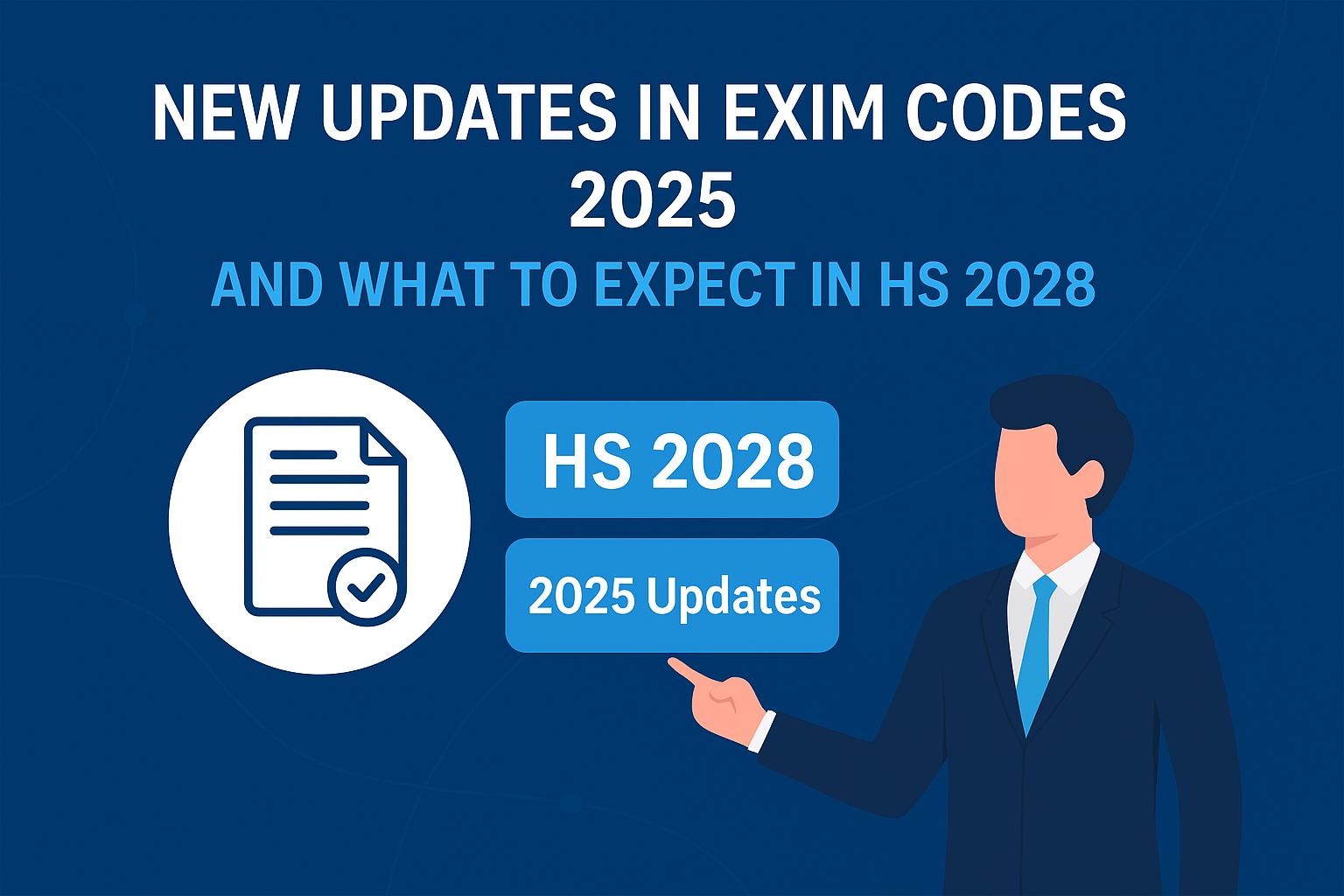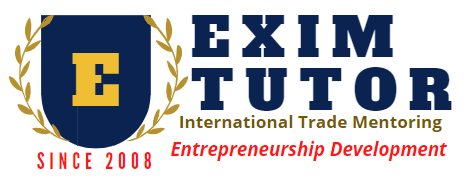
New Updates in EXIM Codes 2025 and What to Expect in HS 2028
EXIM Codes 2025 and What to Expect in HS 2028
The world of international trade runs on a common language: the Harmonized System (HS) of classification codes. Every five to six years, the World Customs Organization (WCO) revises this system to reflect new products, changing technologies, and shifting trade priorities. For exporters and importers, staying updated is not optional—it’s essential for compliance, cost optimization, and seizing new opportunities.
In 2025, several national-level HS code updates have taken effect alongside the continuing implementation of HS 2022, while the upcoming HS 2028 edition is under development. Let’s explore what has changed in 2025 and what businesses should prepare for as HS 2028 approaches.
Key EXIM Code Updates in 2025
1. India’s Special Code for GI-Tagged Rice
- In February 2025, India introduced a dedicated HS code for Geographical Indication (GI)-tagged rice.
- This helps exporters declare shipments more smoothly without additional clearances, and it highlights the premium positioning of Indian specialty rice varieties in global markets.
- The move also aids traceability and brand protection for Indian exporters.
2. Advanced Electronics and PCBA Codes
- New HS subheadings were added in 2025 for Printed Circuit Board Assemblies (PCBAs), reflecting the rise of flexible circuits, multi-layered boards, and AI-integrated modules.
- This update ensures better monitoring of high-tech exports and imports, especially in sensitive sectors like defense electronics, AI hardware, and IoT devices.
- Exporters in electronics now need to carefully recheck classifications to avoid misdeclaration.
3. Regional Tariff Updates (2025)
- European Union (EU): Updated TARIC database with 2025 tariff adjustments.
- United Kingdom (UK): Revised duty rates in January 2025 to reflect post-Brexit trade policies.
- United States: Released its 2025 Basic Edition of Harmonized Tariff Schedule (HTSUS) in January, adjusting categories for textiles, electronics, and chemicals.
- China, Japan, and Canada: Introduced their 2025 customs tariff schedules aligned with HS 2022.
These updates ensure that exporters and importers stay aligned with compliance requirements in their target markets.
What to Expect in HS 2028
The HS 2028 edition, the 8th revision of the system, is currently under review and will officially enter into force on January 1, 2028. Drafts prepared by the WCO indicate significant updates in response to global trade trends.
Likely Additions and Amendments in HS 2028:
- Green and Sustainable Products
- Dedicated codes for renewable energy technologies (solar panels, wind turbines, EV batteries).
- Specific subheadings for recycled textiles, plastics, and eco-friendly fabrics.
- Greater visibility for circular economy products such as reprocessed metals and upcycled goods.
- Healthcare and Pharma Innovations
- Expanded codes for biopharmaceuticals, vaccines, and advanced diagnostics.
- Recognition of mRNA-based medical products.
- More detailed coding for personal protective equipment (PPE) after lessons learned from COVID-19.
- Digital and Smart Technology
- Refined categories for AI-enabled devices, smart wearables, IoT components, and robotics.
- Enhanced separation for semiconductors, chips, and microprocessors, reflecting their critical role in global supply chains.
- Broader coverage for cybersecurity and data transmission equipment.
- Food and Agriculture
- New HS codes for plant-based protein products, cultured meat, and novel food substitutes.
- Recognition of functional foods and nutraceuticals.
- Clearer classification for organic produce and GI-tagged agricultural goods.
- Environmental Protection & Waste Management
- Broader coverage of electronic waste (e-waste) categories.
- Codes for carbon capture technologies, bio-based packaging, and biodegradable plastics.
- Stronger alignment with UN sustainable trade goals.
How Exporters and Importers Should Prepare
- Audit Existing Codes: Recheck 2025 updates for electronics, agri-products, and GI commodities.
- Adopt Automation: Use HS tracking tools and AI-driven classification systems to avoid misclassification.
- Engage in Advance Planning: HS 2028 will bring major changes—early mapping will prevent last-minute disruptions.
- Leverage Trade Agreements: Updated codes often affect eligibility for preferential tariffs under FTAs and regional agreements.
- Train Teams: Ensure logistics, compliance, and sales teams understand the changes to avoid costly penalties.
Conclusion
The 2025 EXIM code updates have already reshaped how exporters handle specialty agricultural products and high-tech electronics, while HS 2028 promises to expand into green tech, digitalization, and sustainable trade. For global traders, staying proactive is the difference between compliance challenges and competitive advantage.
Businesses that embrace digital tools, sustainability practices, and proactive classification audits will be well-positioned to thrive in the evolving world of international trade.
